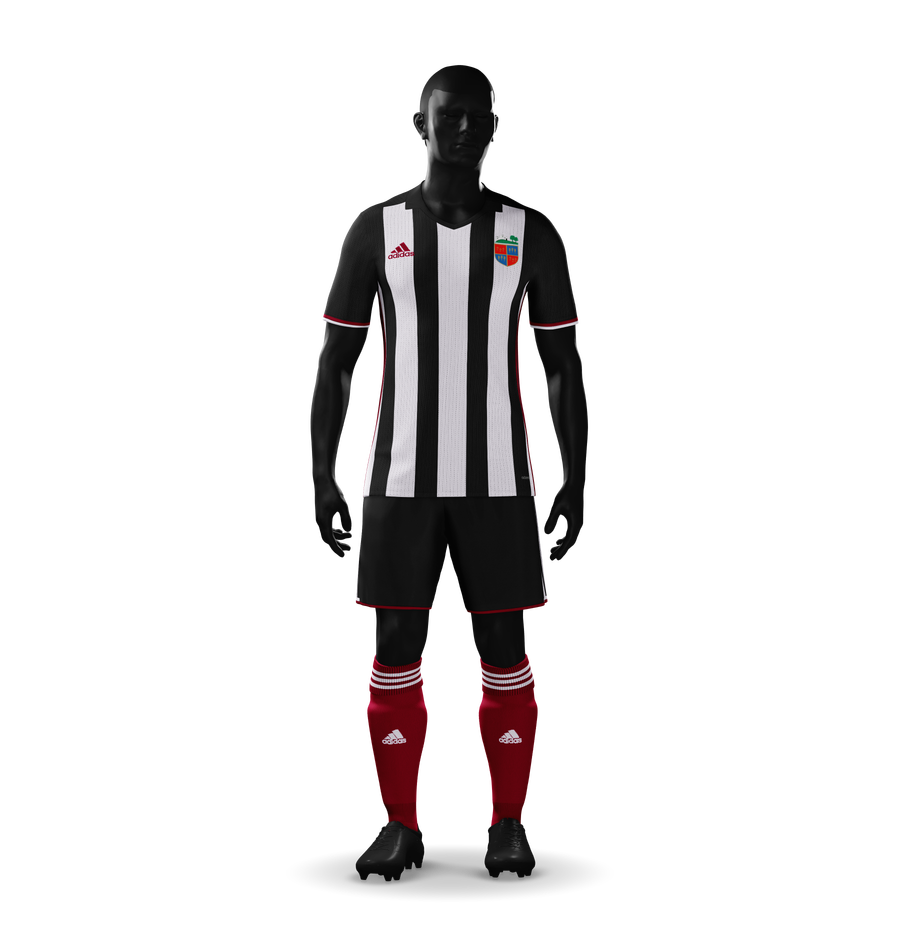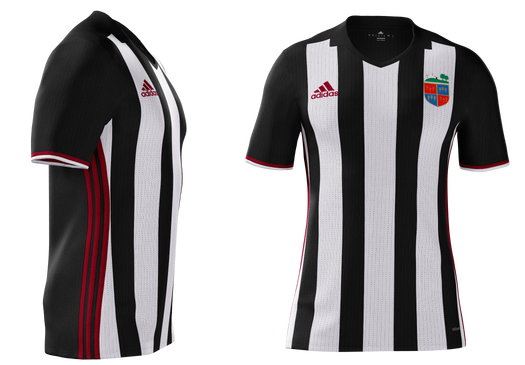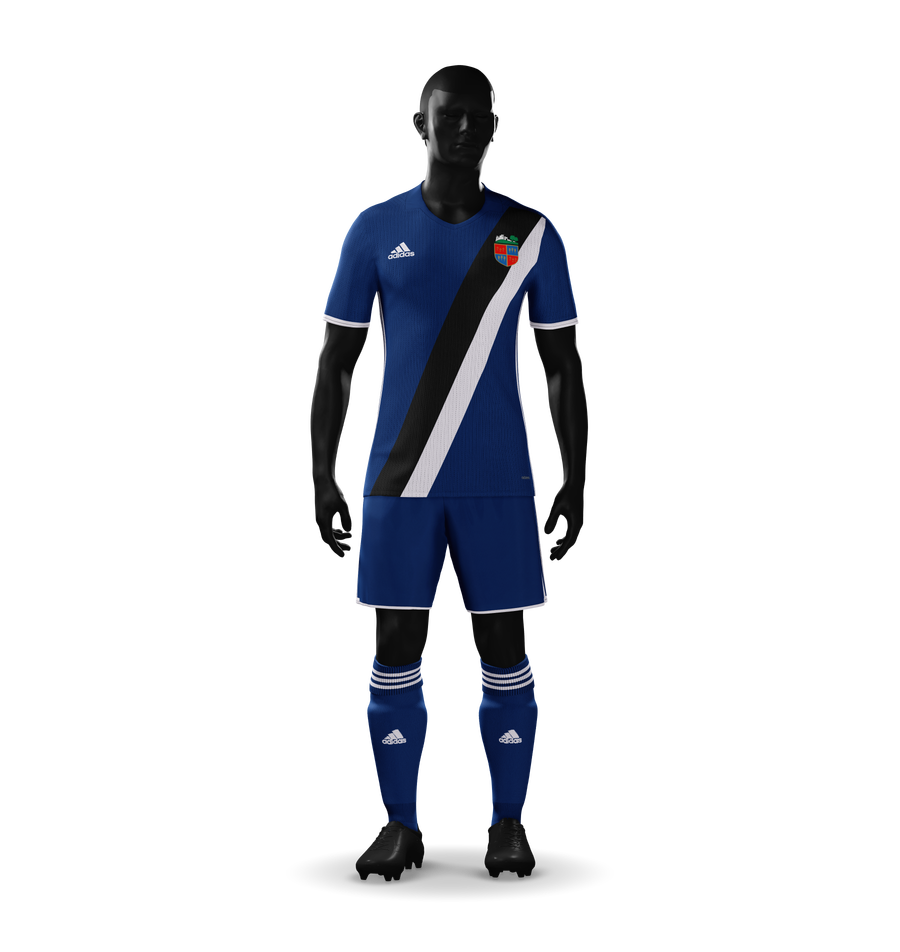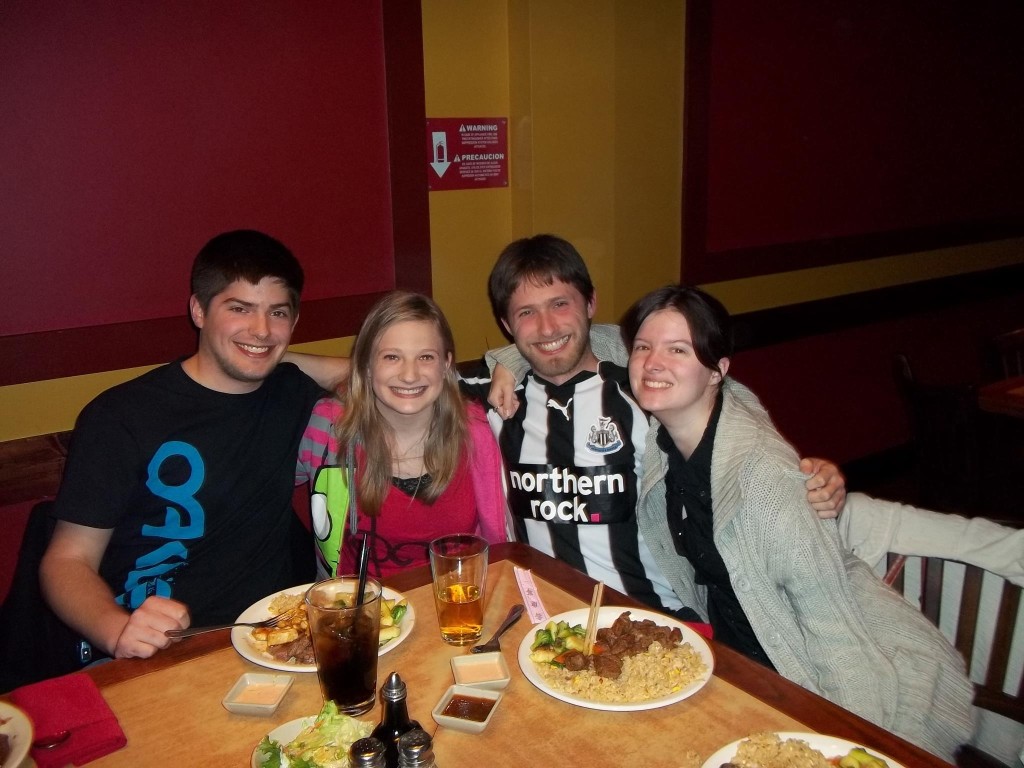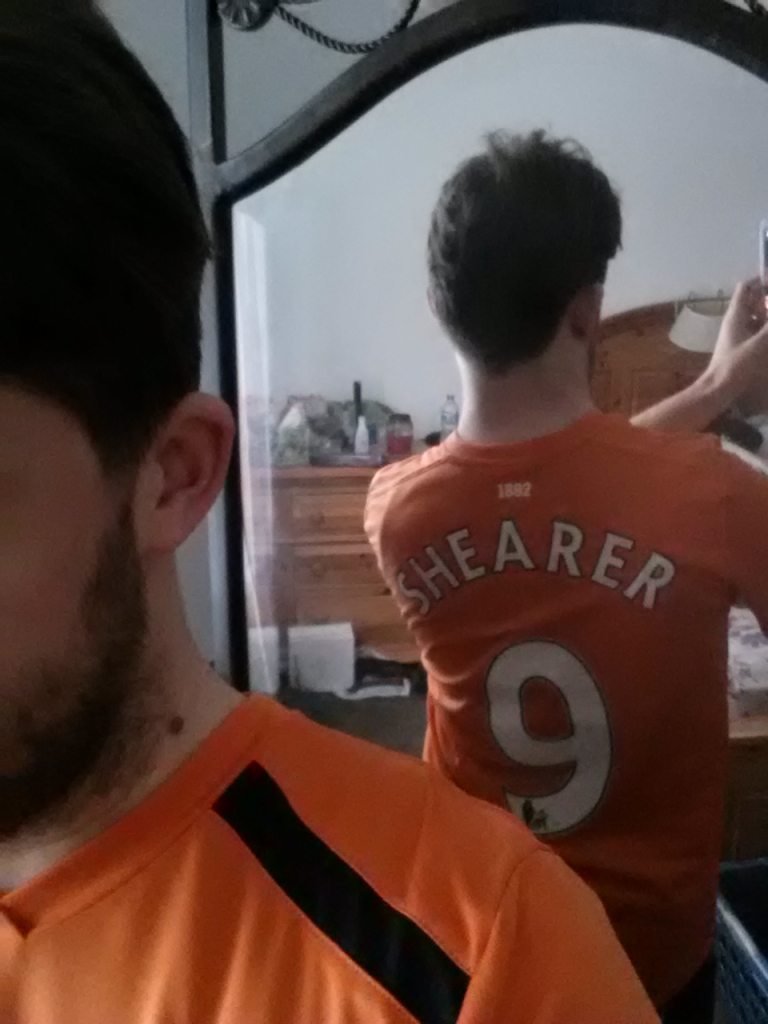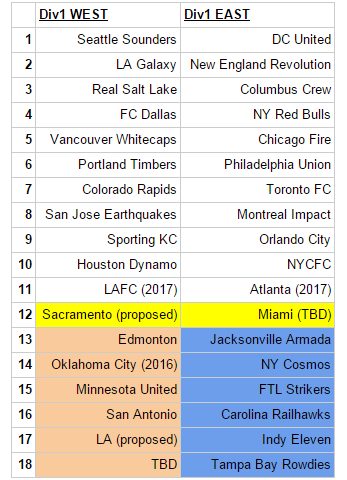As is often the case German has the perfect word for any situation. Kleinstaaterei literally “small state -ery” is a great description of three things: Germany before Bismarck, the Balkans after 1992, and American soccer in 2017.
Today, as unveiled by Midfield ϕress, the giant goatsee-esque gaping hole in the American soccer “pyramid” might finally come to a close. For those not keeping up (and why would you?) the pyramid is currently very not pyramid-like as we currently have the MLS on top, both the NASL and the USL in tier two, noöne in tier three (because that fucking makes sense), and then PDL and NPSL in tier four.
(Detroit City is in that tier four clusterfuck.)
What is bringing this to a close? In an interview between Chris Kivlehan and Peter Wilt apparently it is NISA: the National Independent Soccer Association the USL to the NASL’s MLS.
Now, a large portion of the hype driving this, that pro/rel has finally reached America is cut down quick; Wilt is pretty straight-forward and honest that there is no agreement between NASL and NISA. He says (emphasis mine):
I presented the concept of the third division league to both the NASL and NPSL. Both thought it was a great idea, and was needed. The idea was a link league that would eventually lead to promotion and relegation. Everyone agreed it was a great idea, but the devil was in the details.
Over the next several months the focus became who would organize it and lead it, NASL or NPSL. At the end of the day both said they needed to focus on their own leagues…
This bit of honesty, when showmanship could’ve reigned, is one of the reasons I tend to let Mr. Wilt speak. It’d be easy to promise the sun and stars and deliver New Jersey, but expectations must be reasonable.
So what are those promises? Well, Peter continues by outlining four “pillars” of the league:
I. An affordable pro division national soccer league with regional based competition
II. An independent league with team owners controlling their markets and intellectual property
III. Our intention to incorporate promotion and relegation once the league is fully populated with 24 teams
IV. Have a strong league office with quality staff supplemented by expert consultants
I’m going to break this down from my perspective. One and two say “we’re going to mix the NASL with the NPSL” – regional with low travel costs and independent teams, no franchises here.
The first problem I see, though, is immediately followed by number three: twenty-four teams? But that’s a fourth what the NPSL boasts and about the same as the MLS. It’s also twice the current NASL roster of teams.
How is one supposed to be regional when there are so few teams? Or is the plan to have two divisions? “No” says Wilt. One. One division of eight to ten teams in 2018.
Ooookay.
However, Wilt continues, this will break into two conferences as the goal of twenty-four teams is reached.
I’m ignoring that other part for now.
Lastly, that fourth pillar is just saying to investors “we learned from the NASL blowup at the end of last season and we’re going to move forward smarter”.
Whether or not that is true has yet to be seen, but acknowledging that you have a problem is always the first step to fixing it.
Next few sections are business talk I’m not smart enough to understand.
Flip flip flip.
Wilt brings up an interesting point, which I will use to jump off to that discussion a bit earlier than planned (emphasis mine):
There is the potential that NISA could fully populate at 24 teams before NASL can populate to its goal of 20 teams. So NISA can work as an incubator of sorts for the NASL, at first, before promotion and relegation. A team could play for 2 or 3 years in NISA, then join NASL via expansion. This would allow those teams to get their feet under them from a business standpoint. They can build their fan base and revenue model while operating at a lower budget.
Well isn’t that a whole lot of common sense, but it still (wisely) skirts around the whole pro/rel issue – which I guess is the point.
I’d like to think that every team in NISA will have the ambition to either buy their way up or earn their way up through a promotion and relegation meritocracy. Our ambition is to grow the sport. We want to promote teams to the higher division, and eventually do that in a merit-based way in an open system, which is obviously another contrast to USL.
So the plan seems to be a sort of hybrid system, which makes sense in a round-about way. NISA will probably still be operating without paid players, hoping to maintain the ability to tap into the NCAA’s player base.
Or maybe they’re not.
A longer season might make this harder. Ten teams means eighteen home/away games. Currently DCFC plays fourteen with a pretty packed schedule that relies on favorable geography.
Will the longer season mean fewer NCAA players? Probably. In the past DCFC had issues keeping players from certain schools on board all season because they’d get called back early.
And college players travel notoriously poorly – primarily because they don’t travel so they can work a part-time job. Low-tier soccer in the US doesn’t pay. And without TV deals it probably never will improve too much. That’s what makes MLS squads so much stronger than even NASL or USL squads – there’s a huge cliff between them, a cliff bridged with money from sponsors who want national exposure on TV, not just some YouTuber’s stream.
In the end I think that will be the largest hurdle between NPSL and NISA, but not as big as a hurdle between NISA and NASL. You can’t really be semi-pro, because the NCAA basically dictates that you either pay everyone (and get no NCAA players) or pay no one (and get no professionals).
Now there is some grey room – but it is limited to those willing to essentially work two jobs to play soccer.
I’m going to move this entirely into the realm of my personal thoughts, because the interview, while well-written, starts to get into business stuff pretty quick and I want to just think aloud rather than regurgitate.
I am not convinced by this. I’m just not. If Detroit moves into this league, and given hints from Sarge on twitter, it seems likely, I am worried. I am worried about my club being dragged down by the weight of another ASL. Remember ASL? No? Well they were a thing and they were essentially dead on arrival.
On the flip side I trust Peter Wilt more than most people.
On the flip flip side, USL is also getting ready to launch its own tier three division. There are pros and cons – USL has the “B” squads and affiliate squads that can help bolster their second division in the rough early waters; however that can also stagnate interest in the league from outsiders. It also means that the USL will be running two leagues while the NASL and NISA operate independently, meaning each can focus on their own interests while only paying respect to the other.
Whether they are “relegated” is not my concern. Boot them before they drag the league under.
That sort of decentralization might be healthy and give NISA a good advantage.
I also think that NISA and Peter will attract some interesting teams that will help the league in those early water days with good, strong attendances.
Another issue, though, is that I can’t think of that many teams to make this worth-while. NISA needs to be willing to cut the chaff and not give fledgling teams enough time to sink the entire league. If a team is floundering they need to be kicked out, period. Whether they are “relegated” is not my concern. Boot them before they drag the league under.
This also means that this war between the independent leagues and the franchise leagues has no end. And the hill that seems to be the one NISA/NASL/Peter are willing to die on is this idea of pro/rel. I think, in the end, pro/rel is a marketing ploy – a tag line for the articles to employ to get more clicks. Whether in five years or ten, whether between two leagues or three, I don’t give a fuck about pro/rel as a hill to die on.
Would it be fantastic to have? Yes.
Is it worth losing DCFC for? No.
When is the league healthy enough for pro/rel? When all the sides are pro.
When will that happen? If the NPSL is involved? Never. Without the NPSL? By 2030.
In the end I don’t think pro/rel is here, I think there are ten teams taking a massive risk and I really, really hope it works out for their sake.
And where does this leave DCFC?
I still don’t think MLS will really come.
As always, we are linked to every expansion announcement since 2013 so let’s think this out.
Currently there is a push for “MLS to Detroit” from a couple billionaires. I doubt strongly they are going to actually move DCFC either because they want total branding control or because the owners will stick to their guns before selling out. Or really – both those things.
So that means a tier three DCFC potentially up against a tier one MLS team. Can Detroit support both?
I say “maybe leaning on yes?”
I still don’t think MLS will really come. I think that when Gilbert/Gores don’t get their stadium land, it’ll mostly fall through. And Gores’ recent(-ish) comment on not even wanting another team probably doesn’t sit well with Garber, who will want strong, united owners.
Moreover Garber probably wants to avoid adding a second Miami FC to the mix – with MLS Miami still looking for land on which to build a stadium, the last thing they need is two teams sitting around waiting for property. Or to finally get Miami into the queue only to refill the waiting spot.
I think Garber will aim for “easy” expansion (his comments about St. Louis reflect this) and no messy, political ones.
I think, in the end, Detroit City is moving to tier three and the city is going to remain a one-team-town.
So? Who are the other nine? Here are the ten teams I think will inaugurate Peter Wilt’s NISA (based on twitter rumor, speculation, and bullshit alone):
- Detroit City FC
- AFC Cleveland
- Chattanooga FC
- FC Buffalo
- A Chicago-based team
- An NYC-based team
- A Florida-based team
- A Mid-Atlantic-based team
- A Deep South-based team
- A Missouri-based team
Sorry that lacks any form of specificity. Cheers, everyone.

